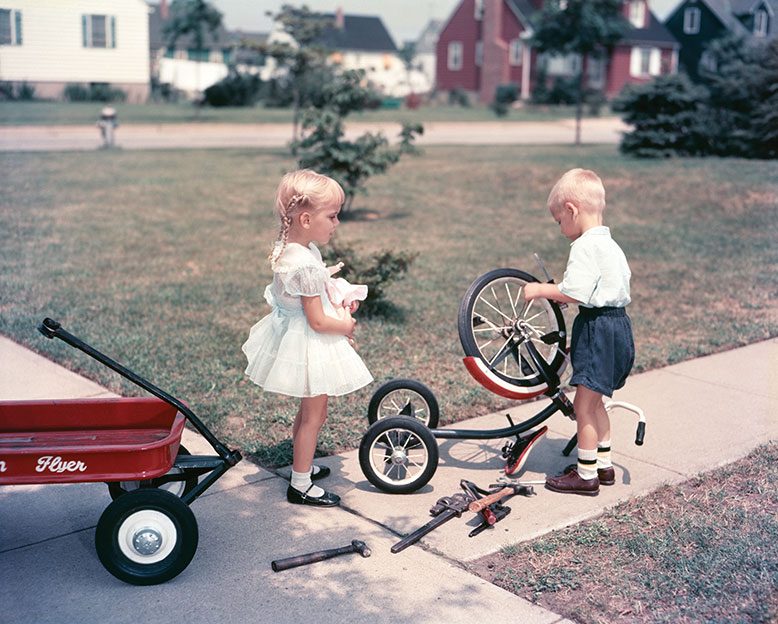
New Jersey has been the scene of revolutionary warfare, manmade catastrophes and devastating storms, but nothing has transformed our state like the Baby Boom, the unparalleled population explosion unleashed by the end of World War II.
As veterans returned from the war, they were eager to start families and move to the suburbs. Sitting between New York and Philadelphia, New Jersey was positioned for an unprecedented period of suburban housing, school and retail construction, as described by the distinguished Rutgers professors James W. Hughes and Joseph J. Seneca in their book, New Jersey’s Postsuburban Economy (Rutgers University Press, 2015).
New Jersey had grown up along rivers and canals, which powered commerce and provided a means to move products to market. Then came the railroads and the blossoming of suburban towns around commuter stations. In the 1950s, with the baby boom in full swing, the automobile allowed the suburbs to sprawl.
“This vast physical transformation was facilitated by unprecedented levels of automobile ownership, the excellent prewar state highway system, the opening of the state’s toll roads, and the initial stages of the Interstate Highway System,” explain Hughes and Seneca.
But wheels aren’t just a means of transportation; they became central to our being, evoking our social standing, enabling a mobile lifestyle and serving as a means of courtship. What could be more impressive than a fella who could crawl under the hood and fix his gal’s finicky Ford? How about the little Pennsauken boomer boy pictured at left tinkering with his new trike?
The shift to the suburbs fostered other phenomena. Malls became the new downtowns, and office buildings sprang up throughout the state as companies followed the exodus from the cities. Only in recent years has the tide turned, with rejuvenated cities once again attracting young residents and new businesses.
